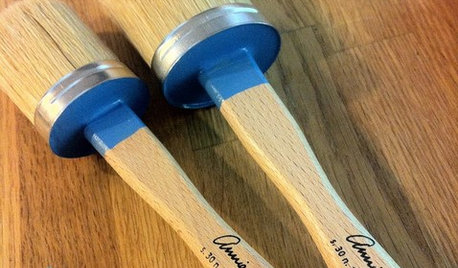Calcium carbonate
nancyjane_gardener
12 years ago
Featured Answer
Sort by:Oldest
Comments (16)
oliveoyl3
12 years agotapla (mid-Michigan, USDA z5b-6a)
12 years agoRelated Professionals
Hyattsville Landscape Architects & Landscape Designers · Rancho Cordova Landscape Architects & Landscape Designers · Brookline Landscape Contractors · East Lake-Orient Park Landscape Contractors · Fair Oaks Landscape Contractors · Huntley Landscape Contractors · Mendota Heights Landscape Contractors · Middle River Landscape Contractors · Pompton Lakes Landscape Contractors · Saint George Landscape Contractors · Smyrna Landscape Contractors · West Chicago Landscape Contractors · Bainbridge Island Decks, Patios & Outdoor Enclosures · Midwest City Decks, Patios & Outdoor Enclosures · St. Louis Decks, Patios & Outdoor EnclosuresKimmsr
12 years agonancyjane_gardener
12 years agogargwarb
12 years agotapla (mid-Michigan, USDA z5b-6a)
12 years agojean001a
12 years agotapla (mid-Michigan, USDA z5b-6a)
12 years agojean001a
12 years agotapla (mid-Michigan, USDA z5b-6a)
12 years agonancyjane_gardener
12 years agojean001a
12 years agobutchfomby
10 years agonancyjane_gardener
10 years agotoxcrusadr
10 years ago
Related Stories

PAINTINGWhat to Know About Milk Paint and Chalk Paint — and How to Use Them
Learn the pros, cons, cost and more for these two easy-to-use paints that are great for giving furniture a vintage look
Full Story
PRODUCT PICKSGuest Picks: Handy Finds for Painting Projects of All Kinds
Make over rooms and furniture more easily and with better results with the right paint and gear
Full Story
DECORATING GUIDESDIY: Make Your Own Chalkboard Paint
3 simple steps to chalk it up in any color anywhere for cheap
Full Story
KITCHEN CABINETSColorful Ways to Make Over Your Kitchen Cabinetry
Try these inspiring color updates to spice up your kitchen a little — or a lot
Full Story
MOST POPULARPros and Cons of 5 Popular Kitchen Flooring Materials
Which kitchen flooring is right for you? An expert gives us the rundown
Full Story
ACCESSORIESGeology 101: A Craving for Coral-Inspired Design
This underwater beauty has inspired many interior designs. Here are 4 exciting and eco-friendly ways to use coral in your home
Full Story
MATERIALSKitchen Ideas: How to Choose the Perfect Backsplash
Backsplashes not only protect your walls, they also add color, pattern and texture. Find out which material is right for you
Full Story
COLORColors of the Year: Look Back and Ahead for New Color Inspiration
See which color trends from 2014 are sticking, which ones struck out and which colors we’ll be watching for next year
Full Story
HOUSEKEEPINGHow to Clean Marble Countertops and Tile
Acidic solutions can damage your marble surfaces. Here’s how to keep marble looking clean and amazing
Full Story
HEALTHY HOMEHow to Choose a Home Water Filtering System
Learn which water purification method is best for your house, from pitchers to whole-house setups
Full StoryMore Discussions







tapla (mid-Michigan, USDA z5b-6a)